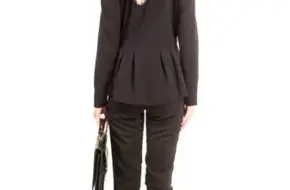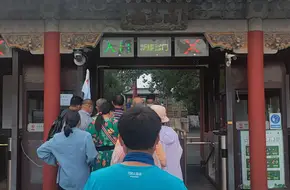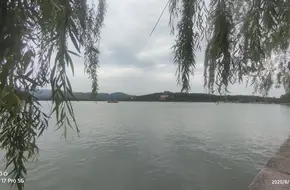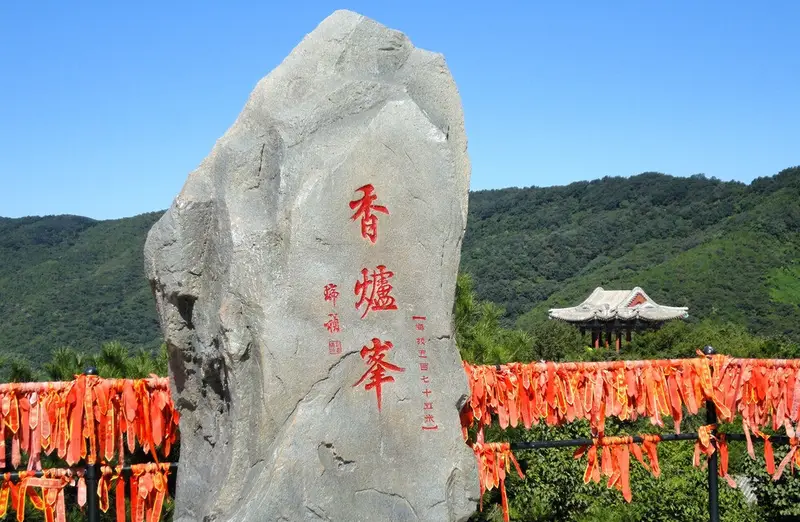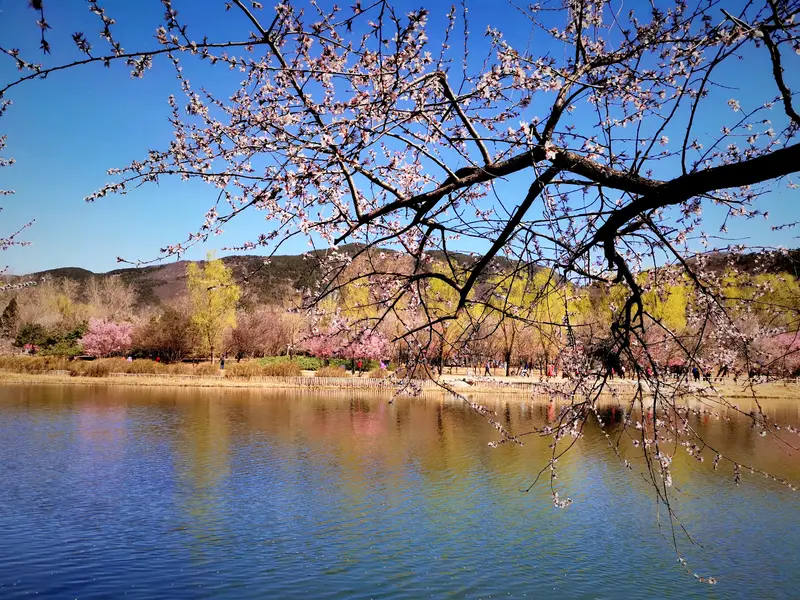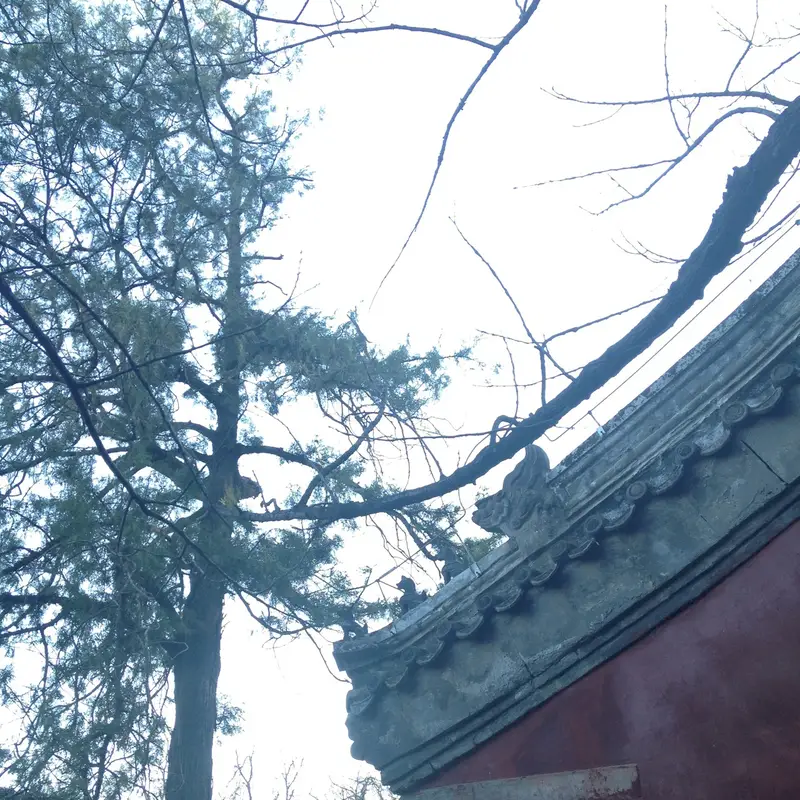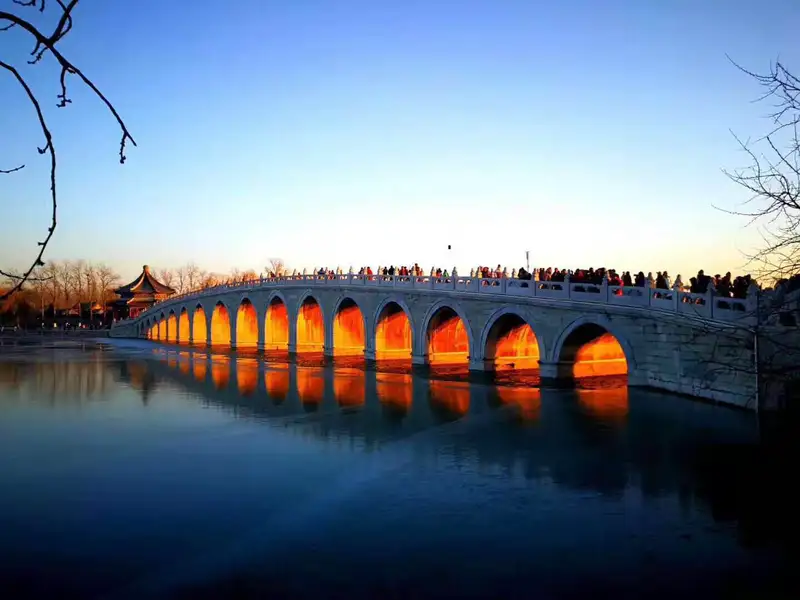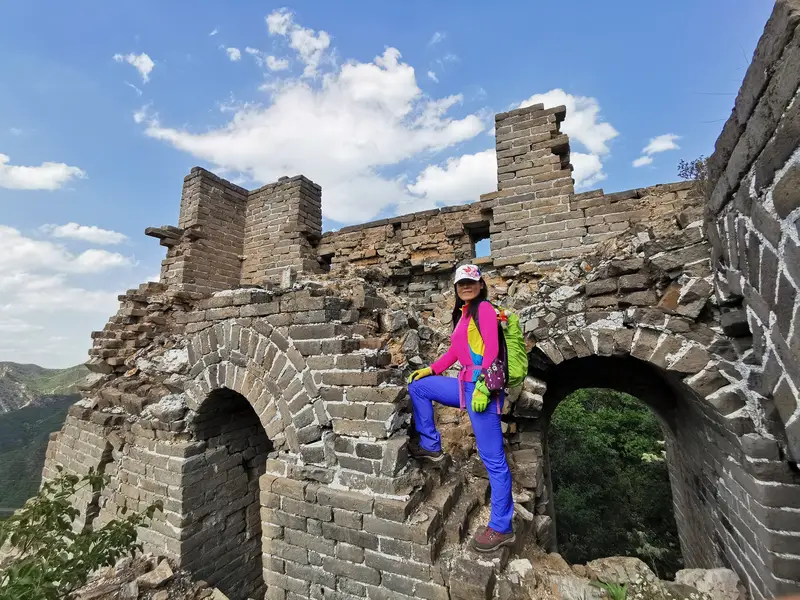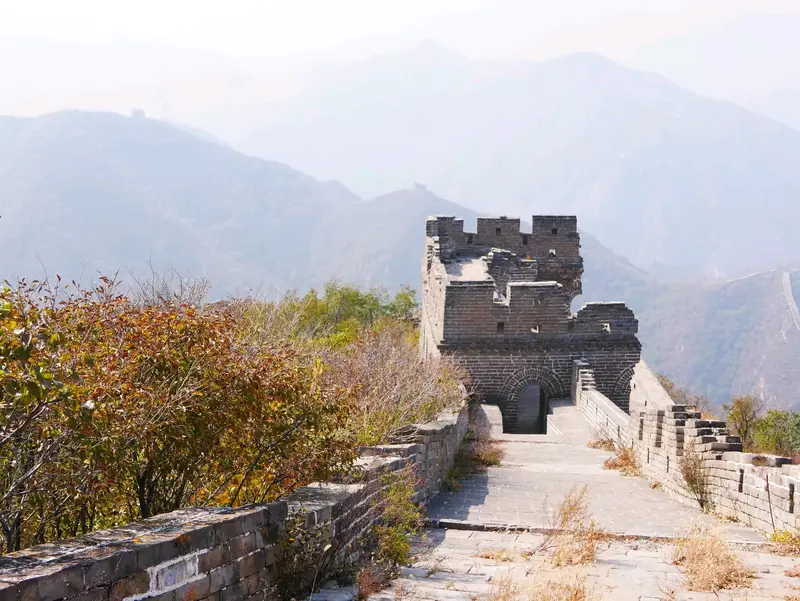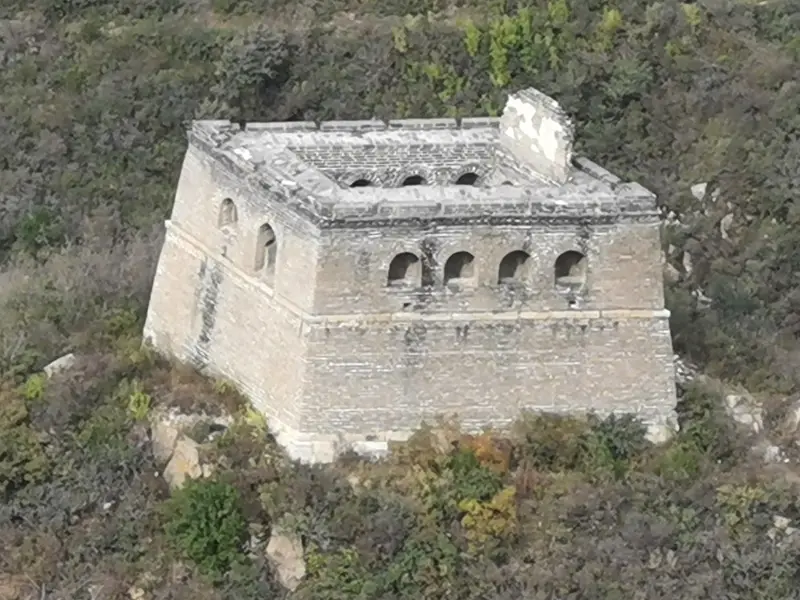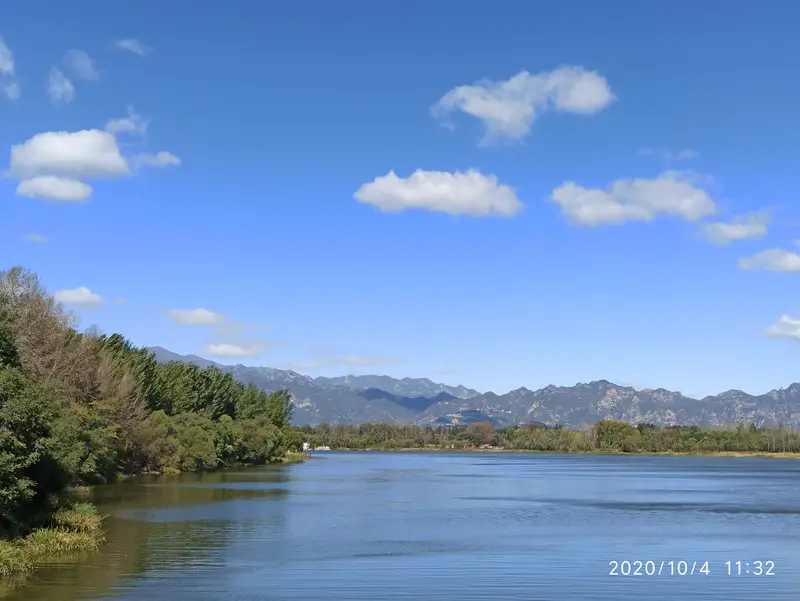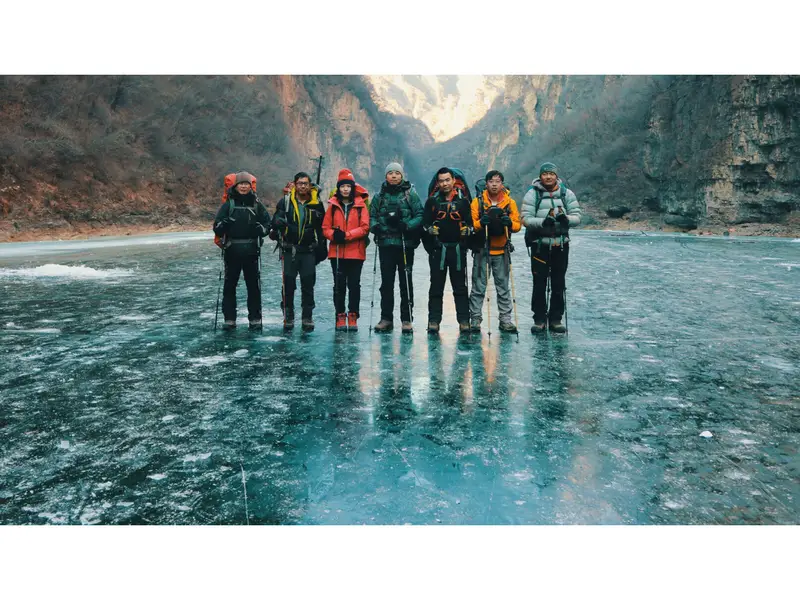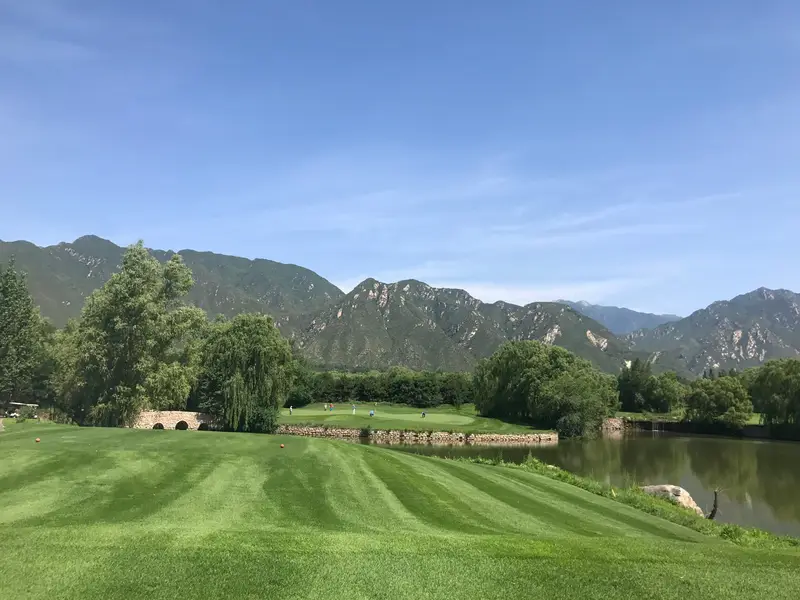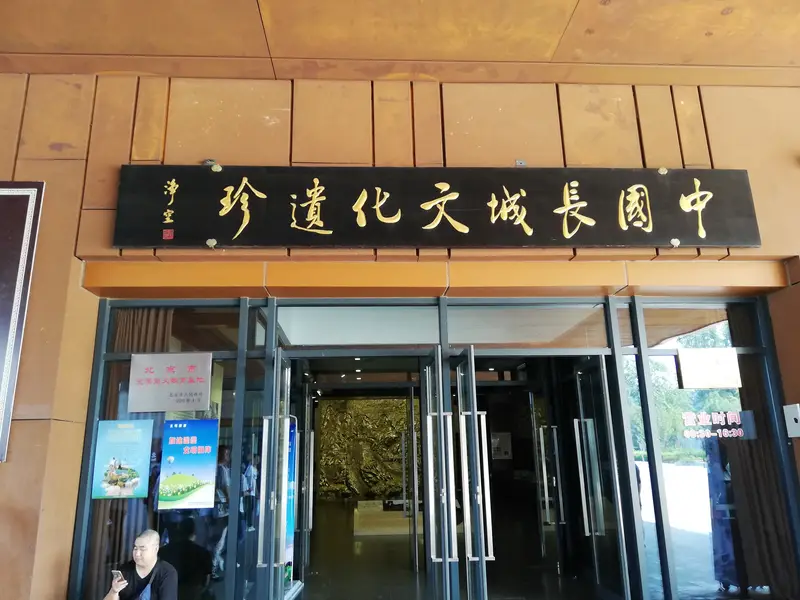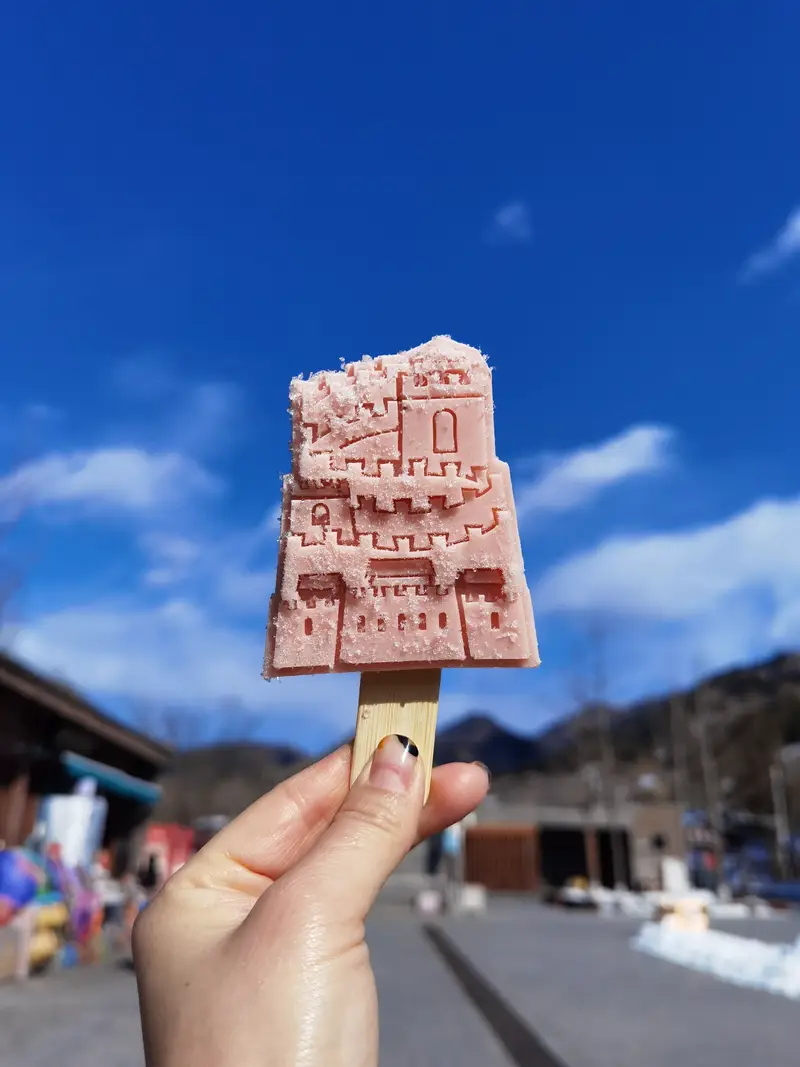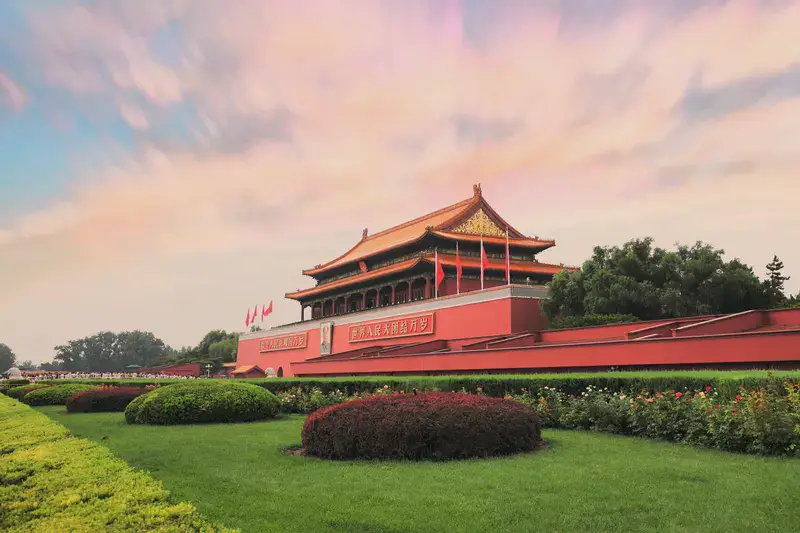Tucked away in the sprawling grounds of the Summer Palace, Yinjing (pronounced “in-jing”) is a tranquil oasis that feels worlds away from Beijing’s hustle. Located at 19 Xinjian Gumen Road, Haidian District, this lesser-known spot offers a peek into imperial China’s love for art, nature, and quiet reflection. Let’s break down why it’s worth seeking out!
Getting There: Easy Access to Yinjing
Yinjing sits within the Summer Palace, so you’ll need to enter the main grounds first. The closest metro station is Beigongmen (subway line 4), a 10-minute walk from the palace’s north entrance. Alternatively, buses like 696 or 332 drop you near Xinjian Gumen (New Enclave Gate), the southwest entrance closest to Yinjing. If driving, there’s a parking lot near Xinjian Gumen, though weekends get crowded.
Once inside the palace, follow signs for the West Palace Gate or ask staff about Yinjing—it’s nestled near the Kunming Lake area, past the bustling tourist trails.
Natural Beauty: A Serene Retreat
Yinjing isn’t a grand pavilion but a modest yet striking courtyard. It’s framed by traditional Chinese gardens, with winding paths, ancient cypress trees, and rockeries that mimic mountain landscapes. The real showstopper? The way Yinjing mirrors its surroundings. Literally.
A cleverly placed bronze mirror (hence the name Yinjing, meaning “reflecting mirror”) captures the seasonal beauty: cherry blossoms in spring, lotus flowers in summer, and fiery maples in autumn. On clear days, the mirror reflects Longevity Hill (the palace’s iconic hill) and passing clouds, creating a living painting. It’s no wonder emperors once retreated here to escape court life!
Cultural Charm: Stories in Every Detail
Though Yinjing looks simple, it’s steeped in history. Built during the Qing Dynasty, it was a private retreat for royal families to admire art and poetry. The mirror itself isn’t just decorative—it symbolizes self-awareness and harmony with nature, themes central to Chinese philosophy.
Even the architecture whispers stories. The courtyard’s meticulously pruned bonsai and hand-painted eaves reflect imperial tastes, while a small stone tablet nearby (written in both Chinese and English) shares fun facts about Qing royalty’s love for this spot.
Practical Tips: What to Expect
Yinjing is easy to explore but comes with a few quirks:
- No food or drinks are sold here, so bring water (or grab snacks near the Xiequ Yuan restaurant).
- Restrooms are available near the West Palace Gate, a 5-minute walk away.
- Photography tips: Morning light is magical for photos, especially when the mirror catches the lake’s shimmer. Avoid midday crowds.
- Entrance fee: Included in the Summer Palace ticket (¥20–¥30, depending on season).
Immersive Experience: More Than Just a Photo Op
Visiting Yinjing isn’t rushed. Sit on the stone benches, listen to birdsong, and let the mirror’s reflections slow your pace. Art lovers might spot replicas of Qing-era vases or calligraphy brushes tucked in corners—tiny details that reward close looking.
For a deeper dive, join a guided tour (offered by the palace) that stops here. Guides often share how emperors used Yinjing to host poets or test new garden designs. It’s a far cry from the touristy Long Corridor!
Why You’ll Love Yinjing
Yinjing isn’t about ticking off a bucket-list site—it’s about savoring peace. Whether you’re a history buff, nature lover, or just someone who craves quiet, this hidden corner of the Summer Palace delivers. Pair it with a stroll along Kunming Lake or a climb up Longevity Hill for the perfect day. Just remember: Yinjing’s real magic is in its calm.
Pro tip: Visit on a weekday morning or late afternoon to beat the crowds and catch the golden hour glow!

